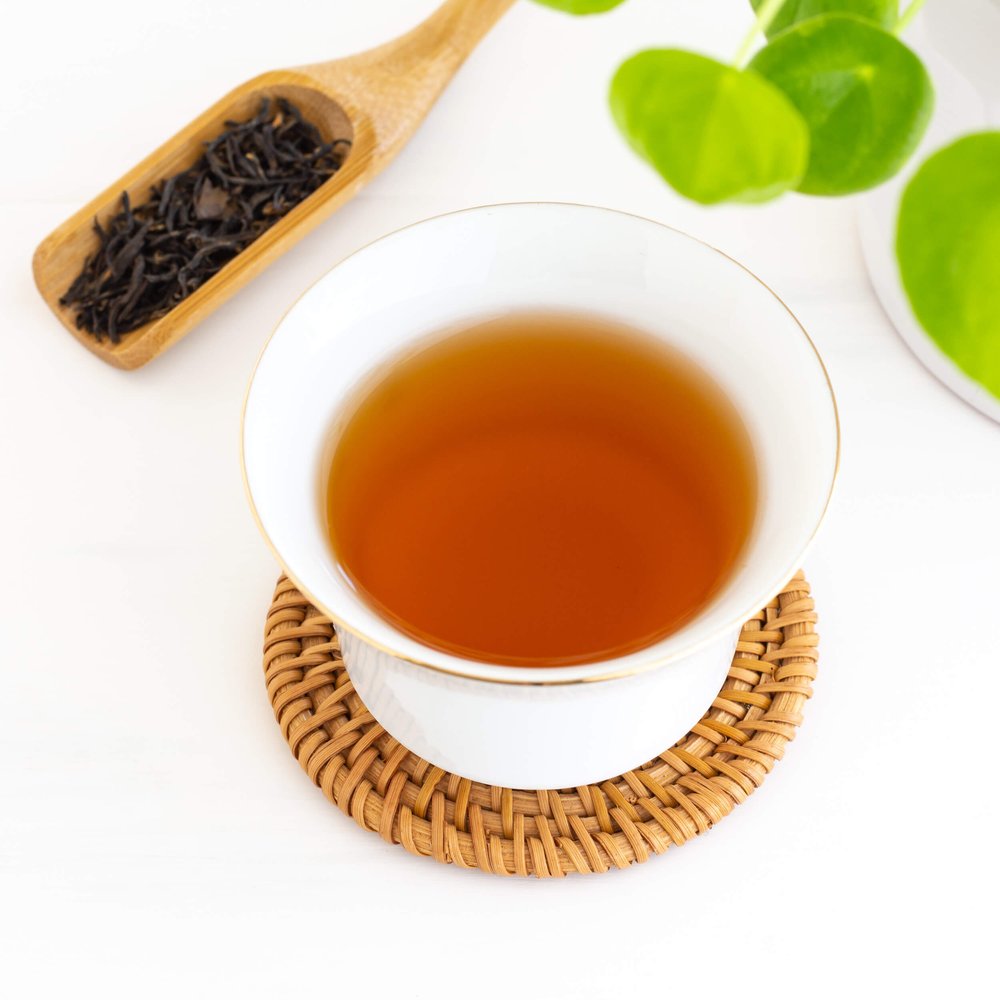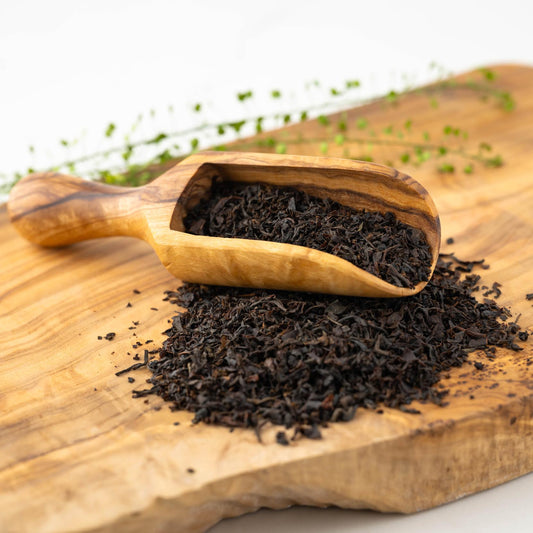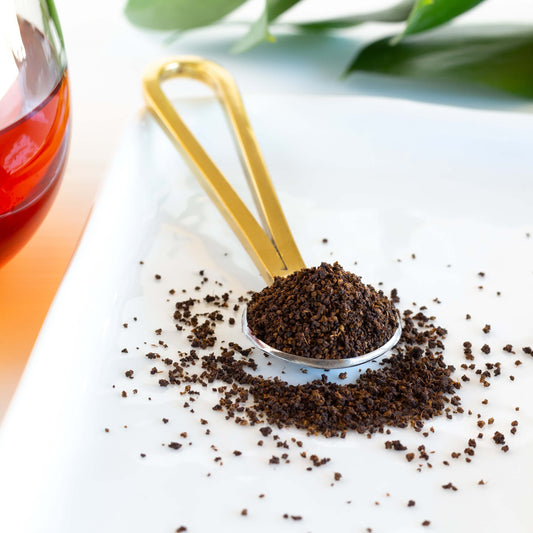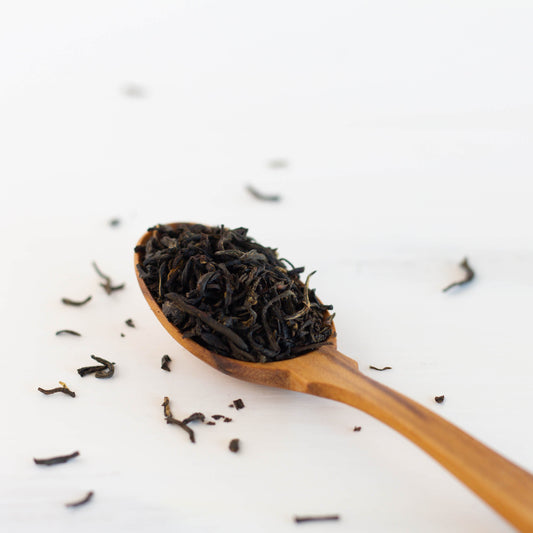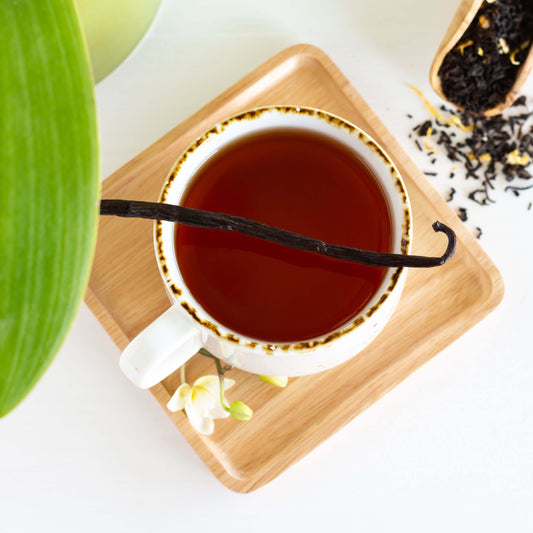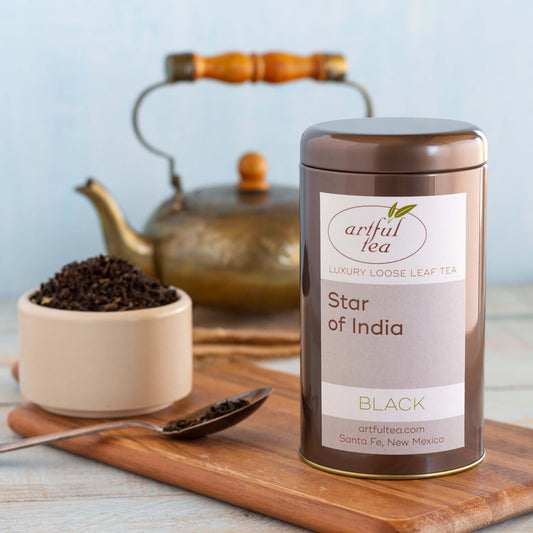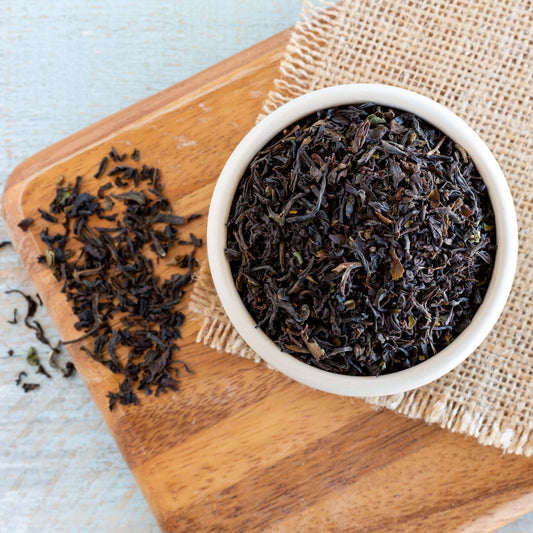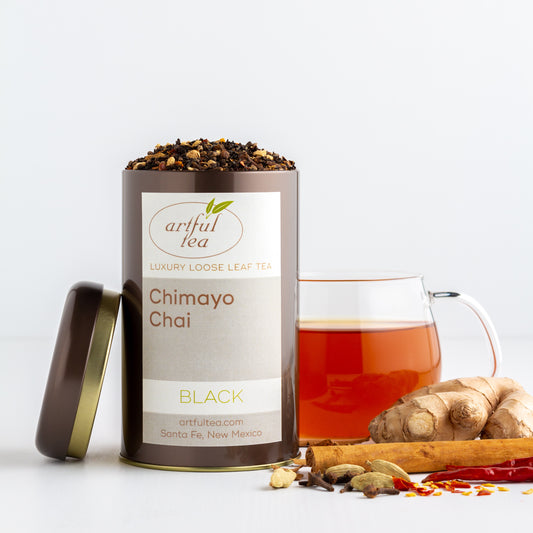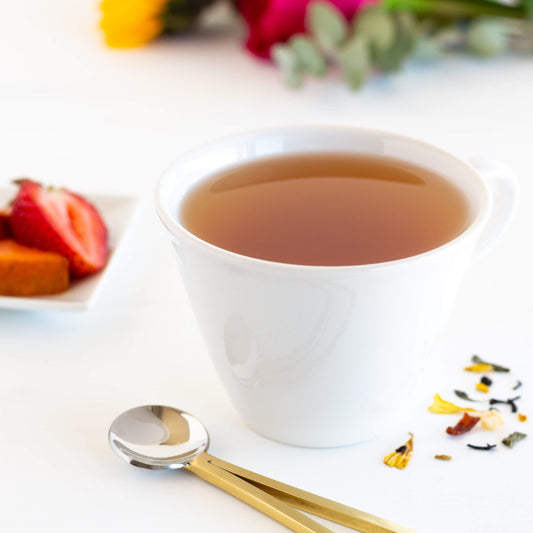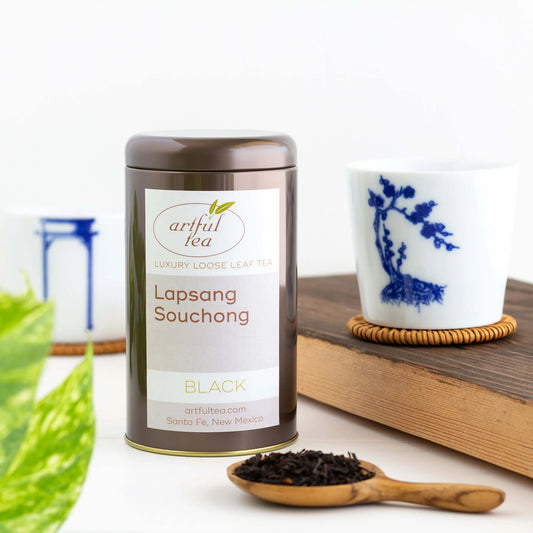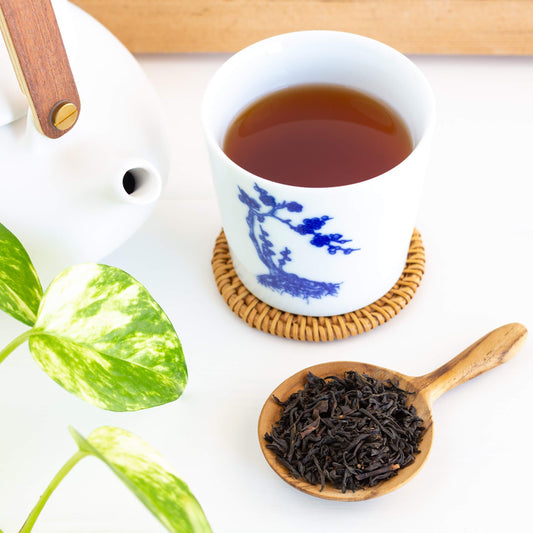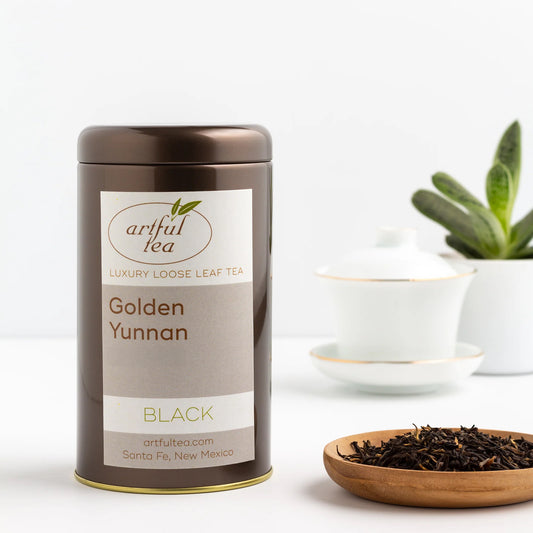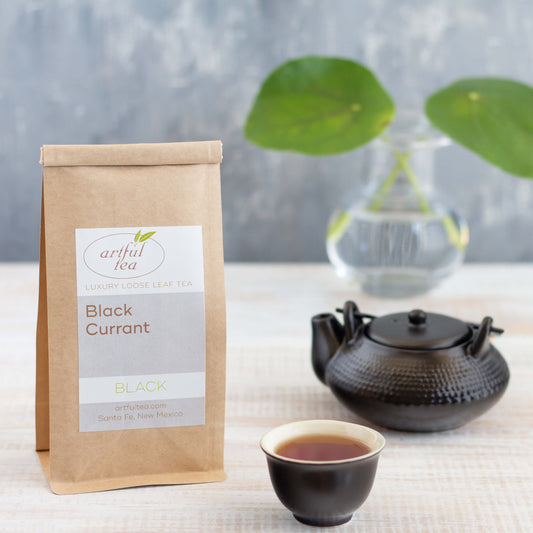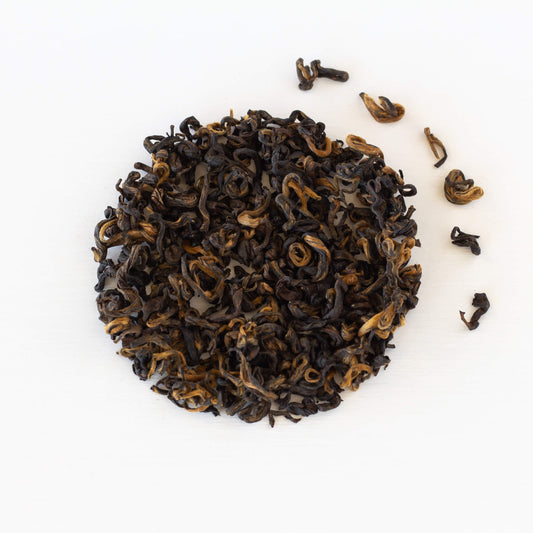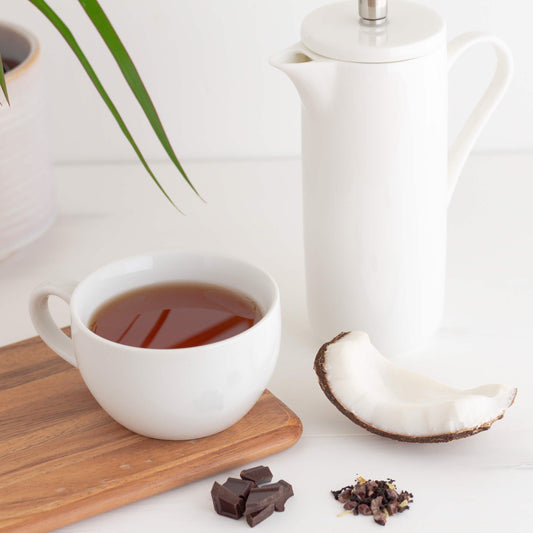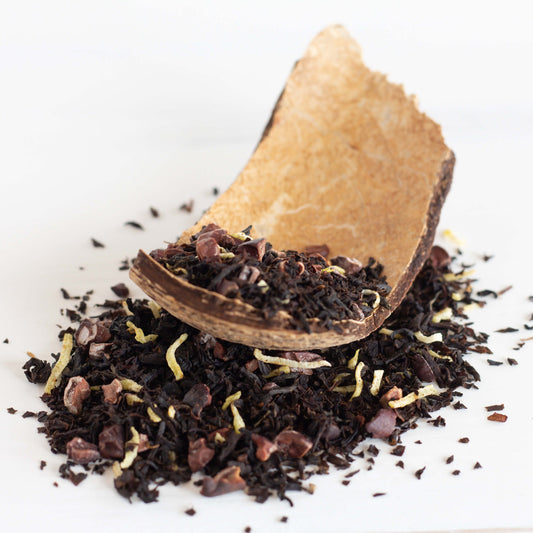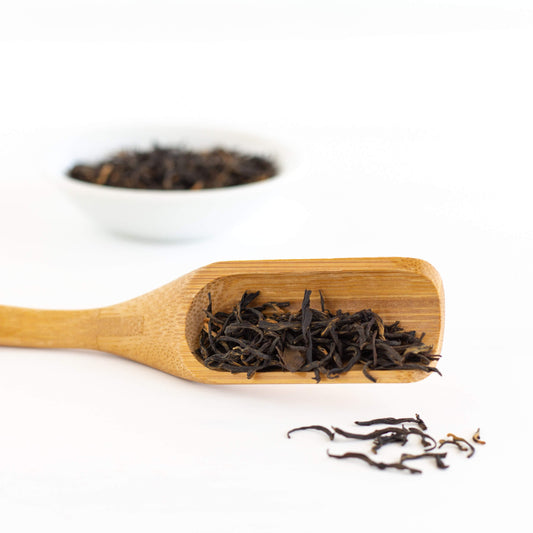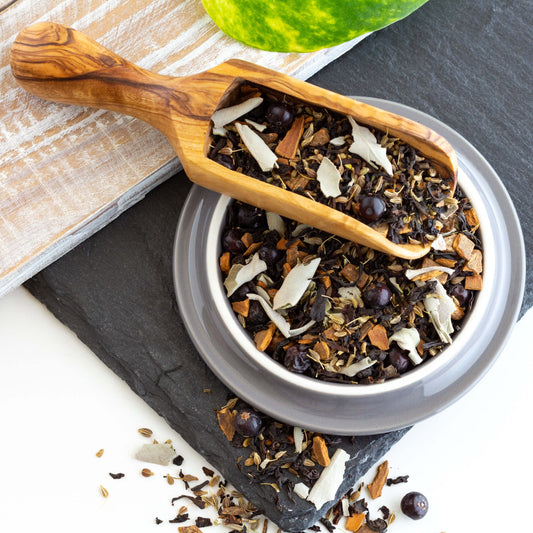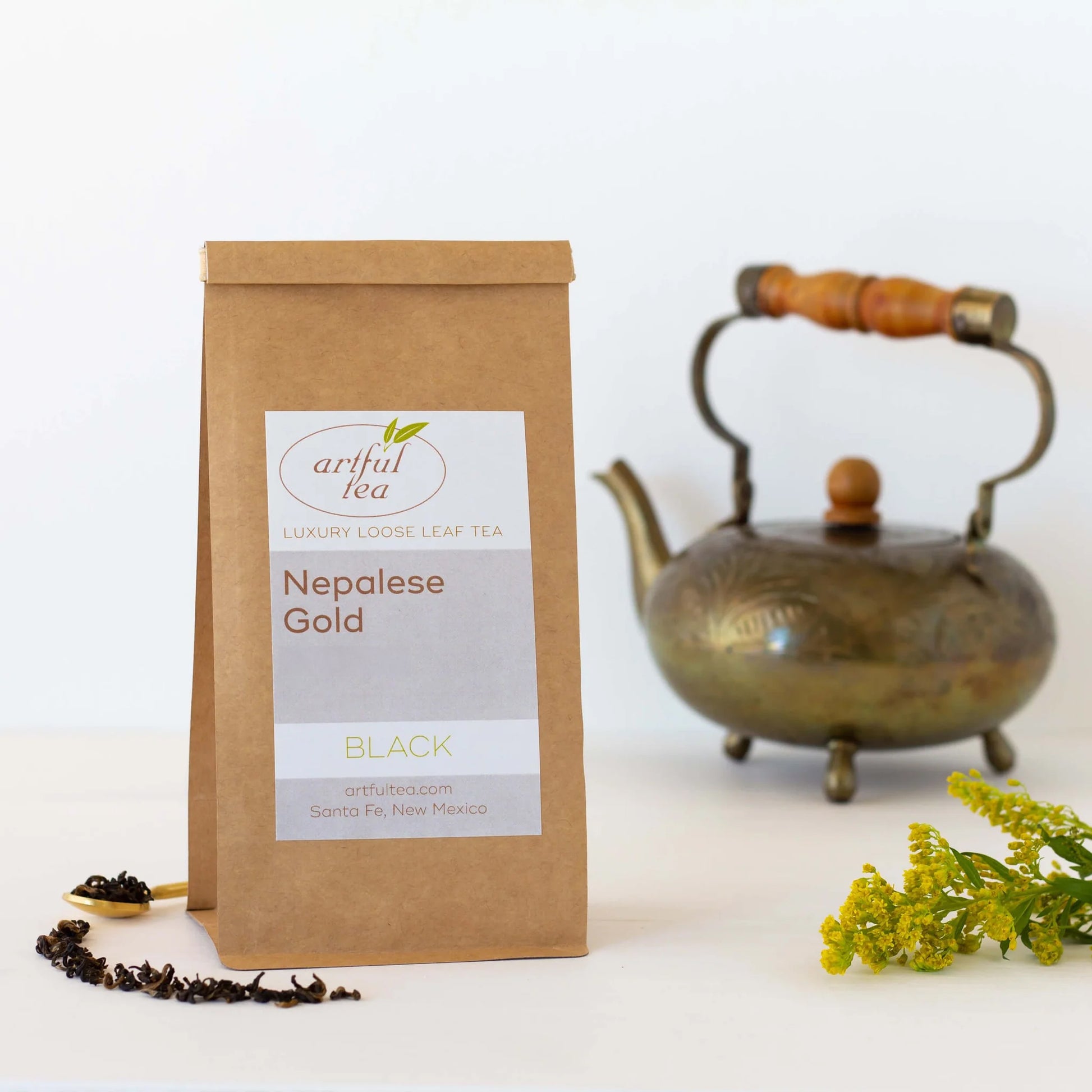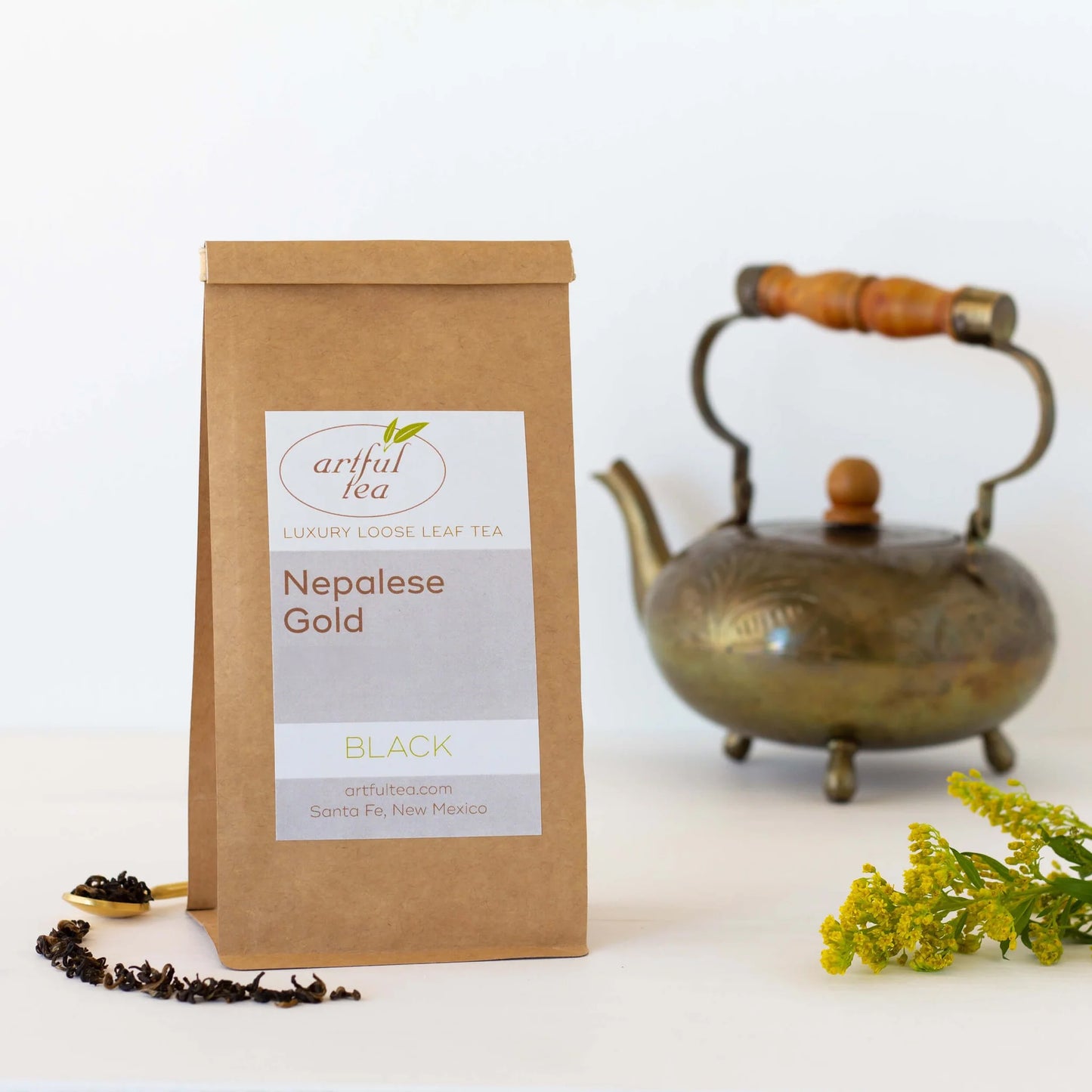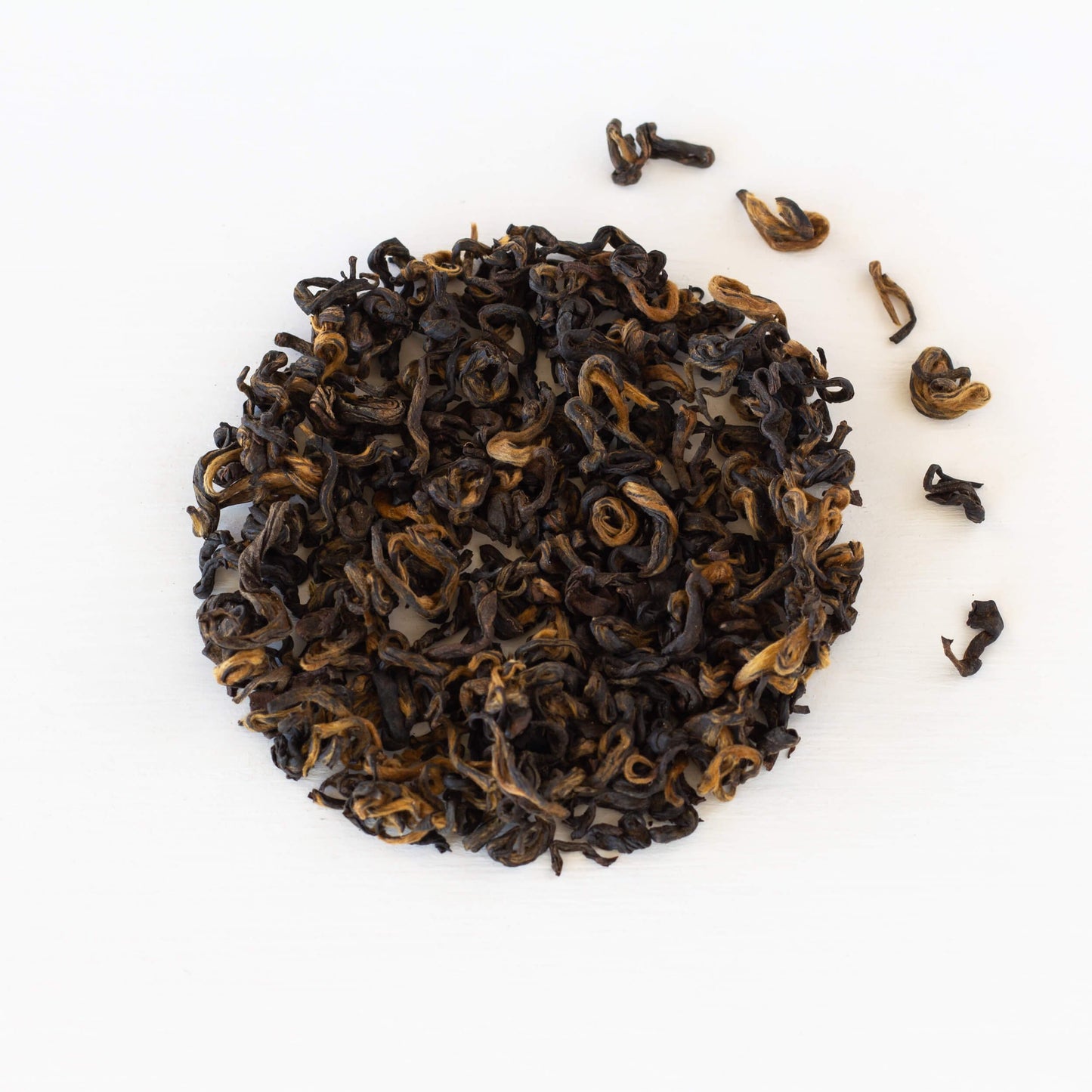Differences between black tea and green tea
1. How they’re processed
The main difference between black and green tea is how they’re processed and the level of oxidation they experience. In simple terms, oxidation just means that the tea leaves have been exposed to oxygen for a period of time. If you’ve ever seen an apple slice turn brown, you’ve experienced oxidation!
Immediately after being harvested, the leaves of green tea are heated in order to halt the oxidation process, usually either by steaming or pan-firing. This ensures that the tea experiences minimal oxidation and stays a bright green color. Black tea, meanwhile, is allowed to fully oxidize after it’s harvested. This means that the leaves turn brown or black, with green no longer present anywhere on the leaf.
2. Where they’re grown
Historically, black tea and green tea are grown in a variety of overlapping but different regions across Asia and India. Black teas are primarily grown in China and India, with well-known varieties such as Assam, Darjeeling, and Golden Yunnan named after regions in each of these countries. Some other Asian countries, including Nepal and Vietnam, also produce specialty black teas.
Green tea, meanwhile, is more commonly grown in China and Japan. Because black and green tea differ largely in terms of their processing, black or green tea can technically be produced anywhere where tea plants are able to grow and flourish. However, the different histories and cultural factors surrounding black and green tea result in certain regions being more associated with one type of tea than the other.
3. Different varietals
While black and green tea are both produced from the same plant, they’re often made from different varietals of camellia sinensis. Green tea is almost always produced from camellia sinensis var. sinensis, which grows primarily in China and other Asian countries. Black tea, meanwhile, may be produced from either camellia sinensis var. sinensis or camellia sinensis var. assamica, which is primarily grown in India.
In addition to these two main varietals of the tea plant, there are a variety of other regional tea cultivars, many of which have been cultivated over decades in order to be especially suited to producing a particular type of tea.
4. How they’re brewed
Another main difference between black and green tea is in how they’re brewed. When brewing black tea, we recommend using boiling water at or around a temperature of 212 degrees. In general, black tea is steeped from 3-5 minutes, although some varieties of tea may require more or less time.
Green tea, meanwhile, should be prepared with water that is a much lower temperature, usually at or around 175 degrees. For some green teas, such as shade-grown Japanese teas like Gyokuro and Kabusecha, even lower temperatures may be required, at or around 140 degrees. If you use water that is too hot when brewing green tea, you may scald or burn the leaves, resulting in an unpleasantly bitter taste. Green tea is also usually steeped for a shorter time than black tea, typically around 1-2 minutes.
5. How they look and taste
Most people who have tried both black and green teas are able to identify the most obvious difference between the two: their taste and appearance. Black teas tend to brew up a rich, reddish copper-colored brew. They also tend to have a stronger flavor, with notes of stone fruit, malt, honey, and spice. Indian black teas are especially robust, while Chinese black teas tend to be softer but still full-bodied.
Green teas, meanwhile, tend to be lighter and more delicate. These teas may be anywhere from a pale golden color to a rich, mossy green. Green teas usually have a lighter body, and may have nutty, vegetal, or oceanic notes. Chinese green teas tend to be lighter and mellower, while Japanese green teas tend to be a darker green with a more savory umami flavor.
6. Caffeine levels
Black tea and green tea also differ in terms of their caffeine levels. Black tea is typically high in caffeine, containing about half as much caffeine as a cup of coffee. Green tea is usually lower in caffeine, containing about half as much caffeine as black tea. There are some exceptions, however: shade-grown green teas tend to have a higher caffeine content, while some specialty black teas like Wakoucha are relatively low in caffeine.
Similarities between black and green tea
When comparing black and green tea, there are some significant differences between the two. Within these categories themselves, there’s also a wealth of variety, from mellow to robust black teas, vegetal to nutty green teas. There are also several different categories of tea besides black and green, including white, oolong, pu-erh and purple teas, each with their own unique differences and strengths. Black and green tea ultimately have much more in common than they have differences. No matter what kind of tea you choose to drink, rest assured that you’ll be getting a healthful, flavorful cup!
